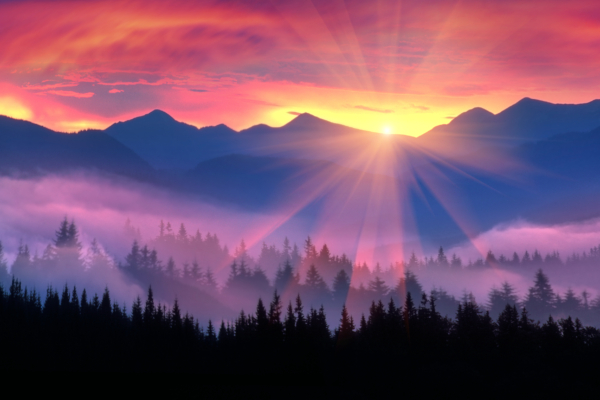In the northernmost town of Utqiagvik, Alaska, the last sunset of the year bid farewell last Saturday, May 10th. The town now enters an 84-day period known as the “polar day,” during which the sun will continue to shine without setting.
This phenomenon known as the “polar day” is the opposite of the winter “polar night.” From November to January every year, the town experiences around 64 days without seeing the sun at all.
After the sun rose at 2:51 a.m. last Saturday, it did not set again that day. Utqiagvik will have to wait until 1:55 a.m. on August 2nd for the next sunset. During this time period, although the sun will skim the horizon for a few hours at night, it will never completely disappear, earning the town the nickname of “midnight sun in the Arctic Circle.”
This phenomenon is due to the tilt of the Earth’s axis, causing continuous sunlight during the summer in the Arctic Circle as the region faces the sun all day long. The opposite occurs during winter.
Despite the continuous sunlight, Utqiagvik still experiences relatively low summer temperatures. In mid-July, the average high temperature is only in the 40s Fahrenheit (around 4 to 9 degrees Celsius) due to the low angle of the sun which limits the heating effect. The sun’s height at the summer solstice is only 42 degrees, similar to late February in Washington, D.C. The highest recorded temperature in the town was 79 degrees Fahrenheit (around 26 degrees Celsius) on July 13, 1993.
Originally named Barrow, Utqiagvik has a population of fewer than 5,000 people and is the northernmost city in the United States and one of the northernmost towns globally. Despite being approximately 1,200 miles from the North Pole, only 2.6% of the world’s land is farther north than this town.
The area has a tundra climate and is classified as a “cold desert” with an average annual precipitation of only 5.39 inches (about 137 mm). Although it snows frequently, the actual water content is low. The Arctic Ocean brings predominantly east winds, resulting in over half of the year being cloudy in this region.
The next “polar night” is set to begin on November 19th.

